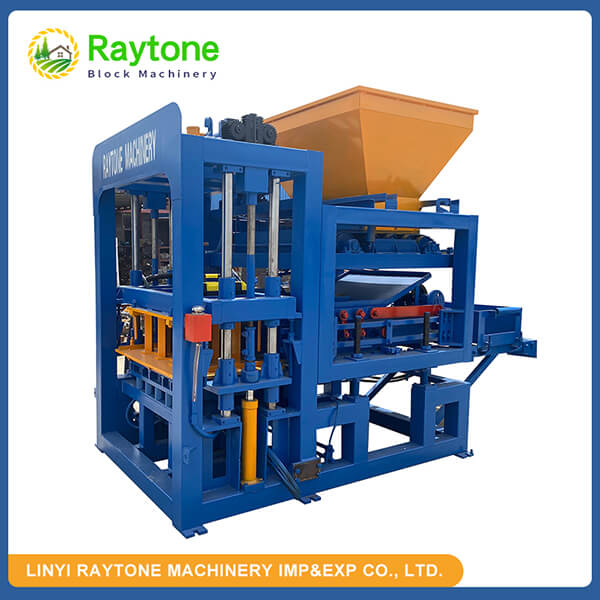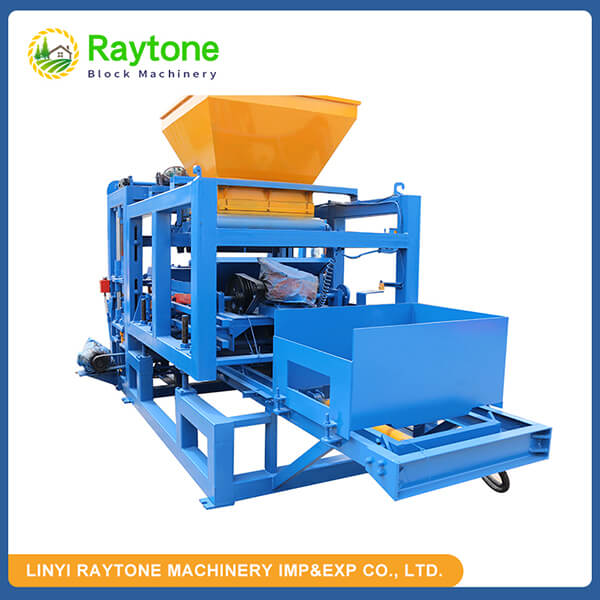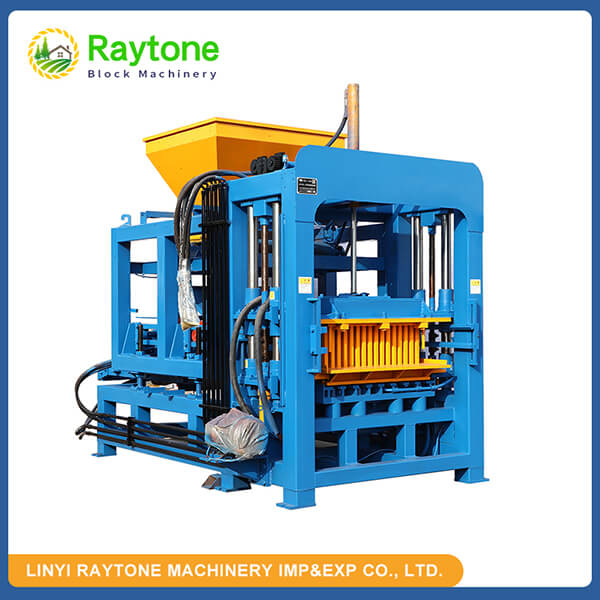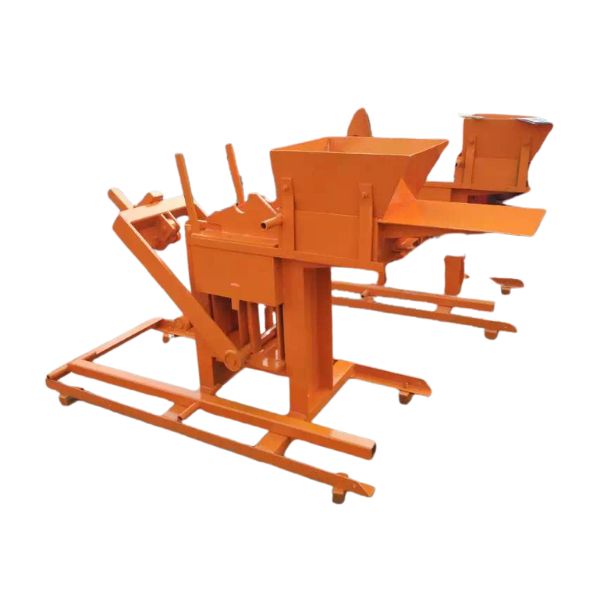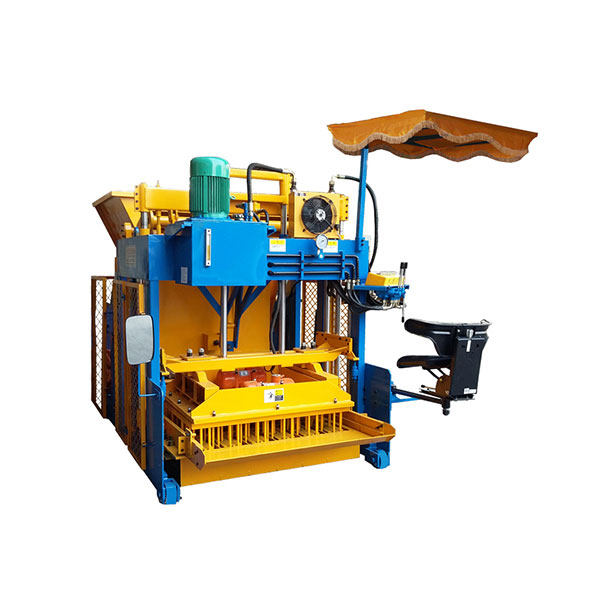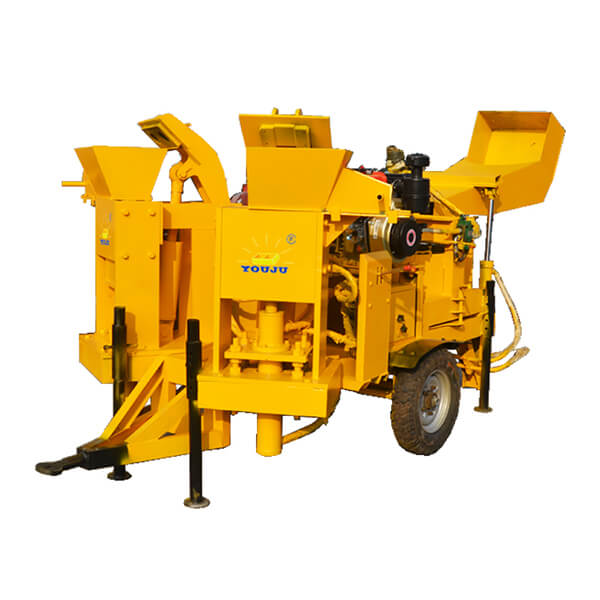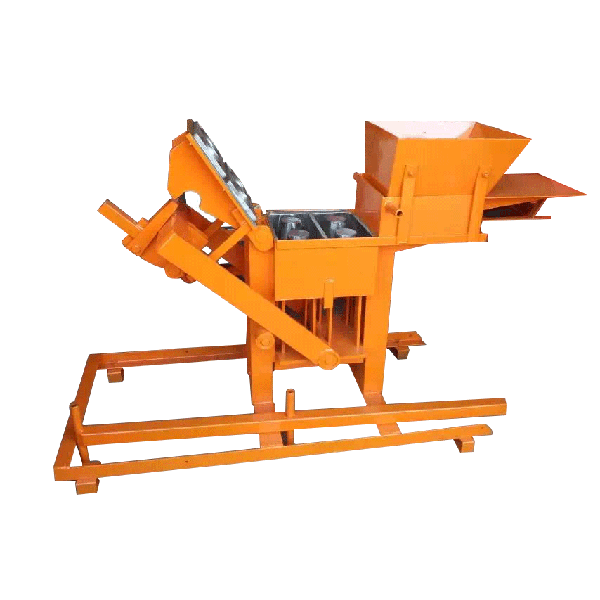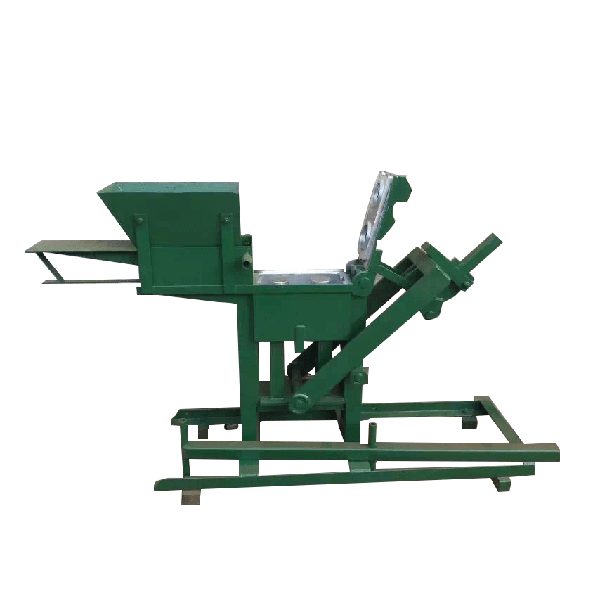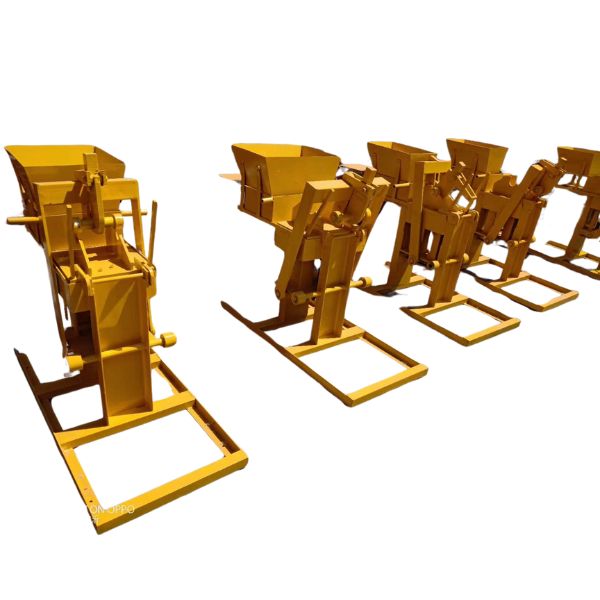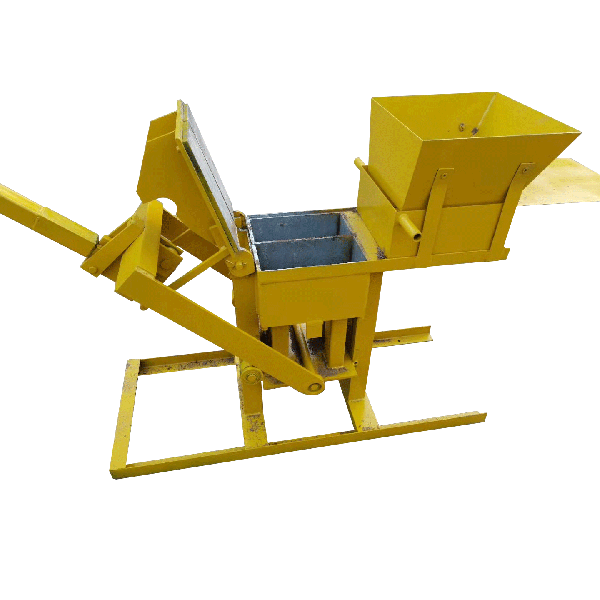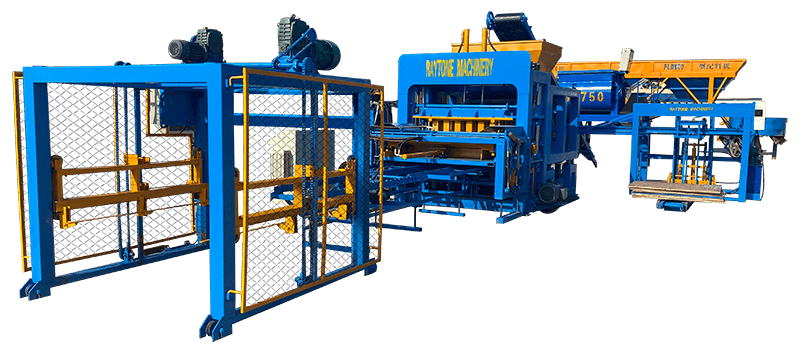The QTS2-40 manual clay brick making machine is a versatile and cost-effective solution for various construction and development projects. Its best applications include small-scale residential construction, community development initiatives, rural infrastructure projects, and eco-friendly building endeavors. This portable, manually-operated machine excels in producing interlocking bricks, paver blocks, and customized building materials without electricity or fuel. Its affordability, simplicity, and eco-friendly nature make it ideal for entrepreneurs, non-profit organizations, and local communities seeking sustainable construction solutions. The QTS2-40’s ability to use local soil and create durable bricks on-site significantly reduces transportation costs and environmental impact, making it an excellent choice for remote locations and environmentally conscious projects.
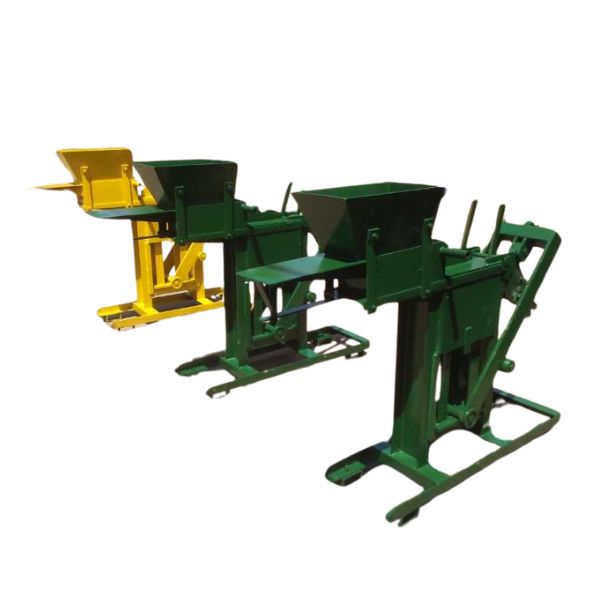
Versatile Applications of the QTS2-40 Manual Clay Brick Making Machine
Residential Construction Projects
The QTS2-40 manual clay brick making machine is an excellent choice for small-scale residential construction projects. Its ability to produce up to 1,920 bricks per day makes it suitable for building single-family homes, extensions, and small apartment complexes. The machine’s versatility allows for the creation of various brick types, including interlocking bricks, which can significantly reduce construction time and costs. Homeowners and small contractors can benefit from the machine’s portability, enabling on-site brick production and eliminating transportation expenses. Additionally, the QTS2-40’s eco-friendly operation aligns with the growing demand for sustainable building practices in residential construction.
Community Development Initiatives
Community development projects often require cost-effective and sustainable building solutions, making the QTS2-40 manual clay block pressing machine an ideal choice. Non-profit organizations and local governments can utilize this machine to empower communities by providing affordable housing solutions. The simple operation of the QTS2-40 allows for community involvement in the brick-making process, fostering a sense of ownership and skill development among residents. Furthermore, the machine’s ability to use local soil as a primary raw material ensures that the bricks produced are well-suited to the local environment and climate conditions, enhancing the longevity and sustainability of community structures.
Educational Institutions
The QTS2-40 manual clay brick making machine offers unique opportunities for educational institutions, particularly in vocational training and sustainable construction programs. Technical schools and universities can incorporate this machine into their curricula to provide hands-on experience in brick production and sustainable building techniques. Students can learn about soil composition, brick molding processes, and the principles of eco-friendly construction. The machine’s simplicity makes it an excellent teaching tool, allowing instructors to demonstrate the entire brick-making process from raw materials to finished products. This practical experience can prepare students for careers in sustainable construction and equip them with valuable skills for community development projects.
Economic Benefits of Using the QTS2-40 Manual Clay Brick Making Machine
Cost-Effective Brick Production
One of the most significant economic advantages of the QTS2-40 manual clay block pressing machinery is its ability to produce bricks at a fraction of the cost of traditional methods. The machine’s low initial investment, combined with its use of readily available raw materials like local soil, dramatically reduces the overall cost of brick production. This cost-effectiveness is particularly beneficial for small businesses and entrepreneurs looking to enter the construction materials market with minimal capital. The QTS2-40’s capacity to produce specialized bricks, such as interlocking or paver bricks, also allows for diversification of product offerings without additional equipment costs, potentially increasing profit margins for producers.
Reduced Transportation and Storage Costs
The portability of the QTS2-40 manual clay brick making machine offers significant economic benefits by eliminating or greatly reducing transportation costs associated with brick delivery. By producing bricks on-site, construction projects can avoid the expenses and logistical challenges of transporting heavy building materials over long distances. This not only saves money but also reduces the carbon footprint of construction projects. Additionally, on-site production minimizes the need for large storage areas for bricks, further reducing costs and simplifying project management. The ability to produce bricks as needed also helps in maintaining optimal inventory levels, preventing overproduction and associated storage costs.
Job Creation and Local Economy Boost
Implementing the QTS2-40 manual clay brick making machine in local communities can have a positive impact on the local economy through job creation. The machine’s operation, while simple, requires human labor for various tasks such as soil preparation, brick molding, and curing. This creates employment opportunities for local residents, particularly in rural areas where job opportunities may be scarce. Furthermore, the production of local building materials can stimulate related industries and services, such as construction and masonry, contributing to overall economic growth in the community. The use of local resources and labor also ensures that the economic benefits of construction projects remain within the community, fostering sustainable economic development.
Environmental Advantages of the QTS2-40 Manual Clay Brick Making Machine
Reduced Carbon Footprint
The QTS2-40 manual clay brick making machine stands out for its environmentally friendly operation, significantly reducing the carbon footprint associated with brick production. Unlike conventional brick-making methods that rely on electricity or fossil fuels, this manual machine operates without any power source, eliminating direct emissions during the production process. The use of local soil as the primary raw material further reduces the environmental impact by minimizing transportation-related emissions. Additionally, the machine’s ability to incorporate recycled materials into the brick mixture promotes waste reduction and resource conservation. This eco-friendly approach to brick production aligns with global efforts to combat climate change and supports sustainable construction practices.
Sustainable Resource Utilization
Sustainability is at the core of the QTS2-40’s design and operation. The machine’s capability to use a wide range of soil types, including locally sourced clay and even waste materials, promotes sustainable resource utilization. This flexibility allows for the adaptation of brick production to various geographical locations, making use of abundant local resources. The process of manual clay block pressing preserves the natural properties of the soil, resulting in bricks that are not only durable but also biodegradable at the end of their lifecycle. Furthermore, the QTS2-40’s ability to produce interlocking bricks reduces or eliminates the need for mortar in construction, further conserving resources and reducing the overall environmental impact of building projects.
Energy Conservation in Construction
The bricks produced by the QTS2-40 manual clay brick making machine contribute to energy conservation throughout the lifecycle of buildings. The thermal properties of clay bricks naturally regulate indoor temperatures, reducing the need for artificial heating and cooling. This passive temperature control leads to lower energy consumption in buildings, resulting in long-term environmental benefits and reduced operating costs for occupants. Additionally, the durability of properly made clay bricks extends the lifespan of structures, reducing the frequency of repairs and renovations, which in turn conserves energy and resources associated with building maintenance and replacement. The energy-efficient nature of these bricks aligns with green building standards and can contribute to achieving certifications in sustainable construction.
Conclusion
The QTS2-40 manual clay brick making machine proves to be an invaluable asset for a wide range of applications in the construction industry. Its versatility, economic benefits, and environmental advantages make it an ideal choice for residential projects, community development initiatives, and educational programs. By offering cost-effective brick production, reducing transportation costs, creating local job opportunities, and promoting sustainable building practices, the QTS2-40 addresses multiple challenges in modern construction. As the world moves towards more sustainable and locally-focused development, this manual clay block pressing machine stands out as a practical, efficient, and eco-friendly solution for diverse building needs.
Contact Us
For more information about the QTS2-40 manual clay brick making machine and how it can benefit your construction projects, please contact us at hazel@raytonechina.com. At Raytone Machinery, we are committed to providing innovative, cost-effective, and environmentally friendly solutions for all your block-making needs. Let us help you build a sustainable future, one brick at a time.
References
- Smith, J. (2022). Sustainable Construction Techniques: A Comprehensive Guide. Green Building Press.
- Johnson, A. & Brown, L. (2021). Manual Brick Making: Empowering Communities Through Sustainable Building. Journal of Rural Development, 45(3), 112-128.
- Environmental Impact Assessment of Clay Brick Production. (2023). International Journal of Sustainable Engineering, 16(2), 78-95.
- Thompson, R. (2022). Cost-Benefit Analysis of Manual vs. Automated Brick Production in Developing Countries. Construction Economics Review, 33(4), 201-215.
- Green, S. & White, T. (2023). The Role of Clay Bricks in Energy-Efficient Building Design. Architectural Science Review, 66(1), 45-60.
- World Bank. (2022). Sustainable Infrastructure Development in Rural Areas: Case Studies and Best Practices. World Bank Publications.


